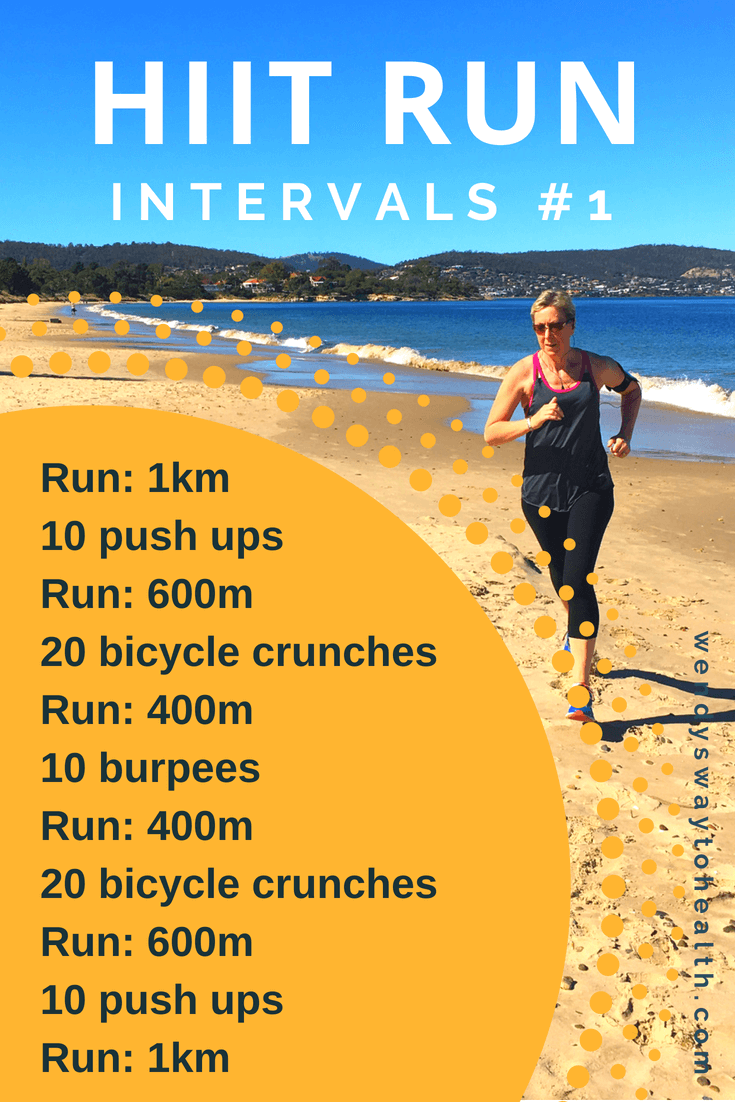Master Your Running Workout: Effective Strategies for Success
Master Your Running Workout: Effective Strategies for Success
Blog Article
The Ultimate Guide to Handling Discomfort When Running
For joggers, experiencing pain during runs is not unusual, and recognizing just how to effectively take care of and prevent it can make a considerable difference in your general efficiency and enjoyment of the sport. Whether you are an experienced marathoner or just beginning your running trip, recognizing the numerous kinds of discomfort that can occur and the approaches to resolve them is important. From pre-run warm-up regimens to proper shoes option, there are numerous aspects to take into consideration when it involves dealing with discomfort while running. This comprehensive overview will certainly outfit you with the expertise and devices needed to navigate through the discomfort and encourage you to attain your running objectives with higher simplicity.
:max_bytes(150000):strip_icc()/effective-30-minute-running-workouts-2911891-0927-70272e09ac83449cadb9f1ce51656c0c.jpg)
Understanding Various Sorts Of Running Pain
When running, it is important to compare different sorts of discomfort to avoid injuries and optimize performance (Read More). One typical sort of pain that joggers might experience is muscle mass discomfort, which generally arises from the stress placed on muscular tissues during exercise. This kind of discomfort is typically a normal component of the running procedure and can be managed through correct warm-up, cool-down, and stretching regimens
An additional kind of discomfort to be knowledgeable about is joint discomfort. Joint pain can show issues such as overuse, incorrect kind, or underlying conditions like joint inflammation. Disregarding joint discomfort can result in extra serious injuries, so it is crucial to address any type of pain quickly and perhaps seek specialist recommendations.
Furthermore, sharp or stabbing discomforts ought to not be neglected. These kinds of pain can signify severe injuries such as pressures, sprains, or anxiety cracks - running workout. Continuing to go through these kinds of discomfort can exacerbate the injury and extend recuperation time

Pre-Run Workout and Extending Regular
To prepare the body for a running session, executing a reliable pre-run warm-up and extending regular is essential. An appropriate workout assists raise blood flow to the muscles, boosts adaptability, and lowers the threat of injury during the run. Begin with vibrant stretches like leg swings, arm circles, and high knees to progressively raise your heart rate and loosen up the muscular tissues. Dynamic extending helps simulate the movements you'll be doing while running, preparing your body for the activity ahead. Follow this with static stretches concentrating on major muscular tissue groups such as the hamstrings, quadriceps, calf bones, and glutes. Hold each go for concerning 15-30 secs without jumping to promote muscle relaxation and adaptability. Bear in mind to pay attention to your body and change the intensity of your warm-up based upon site link your fitness degree and any kind of pre-existing conditions. By integrating a consistent pre-run workout and extending routine into your running routine, you can maximize performance and reduce the risk of pain or injury.
Proper Shoes Selection and Fit
Picking suitable footwear that fits well is crucial for runners to avoid discomfort and lower the danger of injuries. Uncomfortable shoes can cause sores, black toe nails, shin splints, and various other agonizing conditions that can impede efficiency and sideline training. When selecting operating shoes, it is important to consider variables such as foot type, running stride, arch support, padding, and footwear size. running strategy. Going to a specialized running store for a gait evaluation and professional fitting can aid make certain that you choose the right footwear for your individual requirements. Running footwear ought to give appropriate support and security while also fitting and light-weight. Furthermore, it is recommended to change your running footwear every 300-500 miles to maintain appropriate padding and assistance. Purchasing high-grade footwear that is proper for your running design and foot anatomy is an aggressive action towards protecting against pain and injuries during your runs.
Nourishment and Hydration Tips for Pain Prevention

Hydration is similarly crucial for joggers to stay clear of aches, dehydration, and various other discomforts that can lead to discomfort during running. By focusing on nutrition and hydration, runners can boost their performance, minimize pain, and appreciate a much more comfy running experience.
Post-Run Recuperation Techniques to Ease Discomfort
Implementing efficient recovery techniques is necessary for reducing discomfort and advertising muscle recuperation after running sessions. One key post-run healing strategy is stretching. Including static stretches for significant muscle mass teams can help in reducing muscle stress and pain. Foam rolling is another helpful practice to release muscle mass tightness and enhance blood circulation to the muscular tissues, aiding in quicker recuperation. Additionally, topping aching areas for 15-20 minutes can assist lower inflammation and numb pain post-run.
Hydrating appropriately post-run is crucial for replenishing fluids shed throughout workout and helping in muscle mass healing. Consuming a balanced treat or dish that includes protein and carbohydrates within half an hour of ending up a run can assist repair muscle cells and restore power stores. Additionally, obtaining sufficient rest is vital for permitting the body to fix and enhance muscle mass. Incorporating energetic recuperation activities such as light walking or swimming can additionally aid promote blood flow and lower muscle mass tightness - Read More. By incorporating these post-run recuperation strategies right into your regimen, you can efficiently manage discomfort and maximize your running efficiency.
Verdict
To conclude, addressing different kinds of running pain via proper warm-up, extending, footwear choice, nourishment, hydration, and post-run recovery methods is essential for pain avoidance and management. By understanding the root causes of discomfort and executing these techniques, joggers can decrease discomfort and possible injuries. It is important to prioritize total physical health and wellness and well-being to ensure an effective and delightful running experience.
Report this page